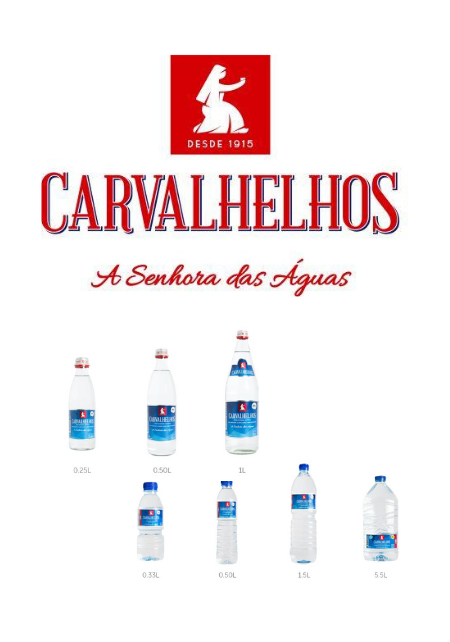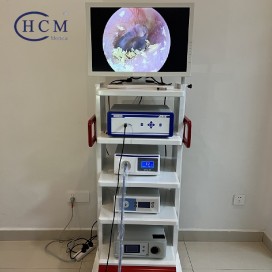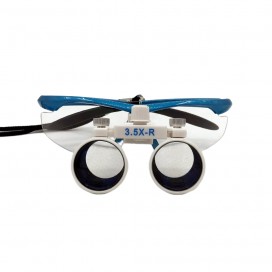SECURE PAYMENT
How do I choose the most suitable payment method?
Online trade is not without risk and no payment method is 100% safe. If you are doing business with a supplier for the first time, please make sure you have done sufficient background checks on the supplier before making payment.
To reduce your risk when trading online:
1) Always verify a company’s contact details and address;
2) Always verify a company’s legal registration number;
3) Ask suppliers to provide you with customer references (preferably from your own country) who have purchased from them within the last 12 months;
There are many ways to pay suppliers, with the five most common being: T/T, Letter of Credit, Western Union, Escrow account and Secure Payment. Buyers are advised to consider each option carefully before committing to one.
Secure Payment
For buyers: 5 out of 5 stars
For suppliers: 3 out of 5 stars
Money is only paid to the supplier after the buyer confirms satisfactory delivery of their order. A safe way to buy and sell online because Secure Payment protects both the buyer and the supplier.
It is a new online secure payment method which aims to reduce typical payment problems experienced by suppliers, whilst maintaining a level of safety for buyers.
Letter of Credit (LC)
For buyer: 4 out of 5 stars
For suppliers: 4 out of 5 stars
Highly recommended for transactions that are Euro €20,000 and above because the bank guarantees the transaction. But complex procedures and high threshold of registered finance may prevent some SMEs from being involved.
Bank or Telegraphic Transfer (T/T)
100% Backward T/T
For buyers: 4.5 out of 5 stars
For suppliers: 2 out of 5 stars
If being paid after a pre-shipment inspection, we suggest you use FOB trade terms. If being paid after receipt of merchandise, it is nearly 100% reliable for buyer because the buyer can cover their whole risk. However, it is the opposite from a supplier's perspective. Often they are not willing to accept this arrangement due to the high potential of dispute or fraud.
30% Upfront TT
For buyers: 2.5 out of 5 stars
For suppliers: 4.5 out of 5 stars
Since many factories need money in advance to buy material for production, 30% Upfront TT is a common payment term for suppliers, especially when dealing with an unknown buyer. However, this payemnt method can be considered as relatively reliable if the new supplier is willing to undergo a factory and/or credit verification by a reputable 3rd-party verification company. (Text cores: 3C products are not suggested to be paid by this mean, leading to aliexpress.com)
100% Upfront TT
For buyers: 1 out of 5 stars
For suppliers: 5 out of 5 stars
The supplier gets full payment before production starts. This payment method bears the same risk as Western Union and is not recommended when dealing with an unknown supplier.
Western Union
For buyers: 0 out of 5 stars
For suppliers: 5 out of 5 stars
Not recommended when it comes to paying suppliers if the payment is not protected by Secure Payment. However, it's useful when transferring money to known individuals such as family members.
Escrow account
For buyers: 0 out of 5 stars
For suppliers: 5 out of 5 stars
If being paid after a pre-shipment inspection, we suggest you use FOB trade terms. If being paid after receipt of merchandise, it is nearly 100% reliable for buyer because the buyer can cover their whole risk. However, it is the same from a supplier's perspective.
When will my payment be released to the supplier?
If you made payment to the supplier directly, please check if you have transferred the money to the supplier successfully. If you made payment by some payment way such as T/T, there will be some days for the supplier to receive your payment, you can ask the supplier to have a wait. If you made payment via Secure Payment, your payment will only be released to the supplier after you confirm you have received the order or the order is completed.
Do I need to pay for Trade Assurance orders in EUR?
No, you are not required to pay with EUR. However, we recommend that you send your initial payment to the supplier in EUR. If you use a different currency, the amount the supplier receives may be less than the amount agreed in your contract due to the foreign exchange rate. If this happens and the supplier rejects your payment, the bank will return your payment and you will be charged a service fee by the bank.







